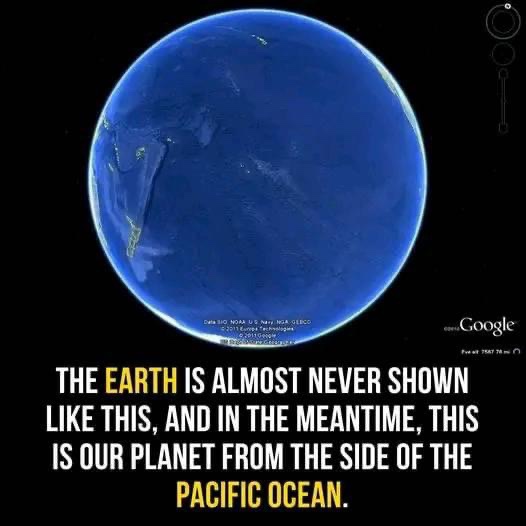Introduction: A Watery World
Earth, our home, is often referred to as the “Blue Planet” due to its appearance from space. This blue hue is a testament to the vast expanses of water that cover its surface. From the mighty oceans to the smallest ponds, water is a defining feature of our planet.

The Numbers: Earth’s Water Coverage
Approximately 71% of the Earth’s surface is covered by water. This includes the five oceans – the Atlantic, Pacific, Indian, Southern, and Arctic – as well as seas, lakes, rivers, and other bodies of water. The remaining 29% of the Earth’s surface is made up of continents and islands.
The Pacific Perspective: A Sea of Blue
One of the most striking demonstrations of Earth’s water dominance is the view from the Pacific Ocean side. The Pacific Ocean is the largest and deepest of Earth’s oceanic divisions. It spans over 60 million square miles, more than twice the size of the world’s second-largest ocean, the Atlantic. From this perspective, one can truly grasp the enormity of the Earth’s water coverage.
Conclusion: A Planet Defined by Water
The vastness of Earth’s water coverage is a reminder of the critical role water plays in sustaining life on our planet. It shapes our climate, influences our biodiversity, and directly supports human livelihoods. As we continue to explore and understand our Blue Planet, the importance of preserving and protecting our water resources becomes increasingly clear.
Further Reading
For more detailed information about Earth’s water, you can visit the US Geological Survey’s Water Science School.
As an Amazon Associate we earn from qualifying purchases through some links in our articles.



